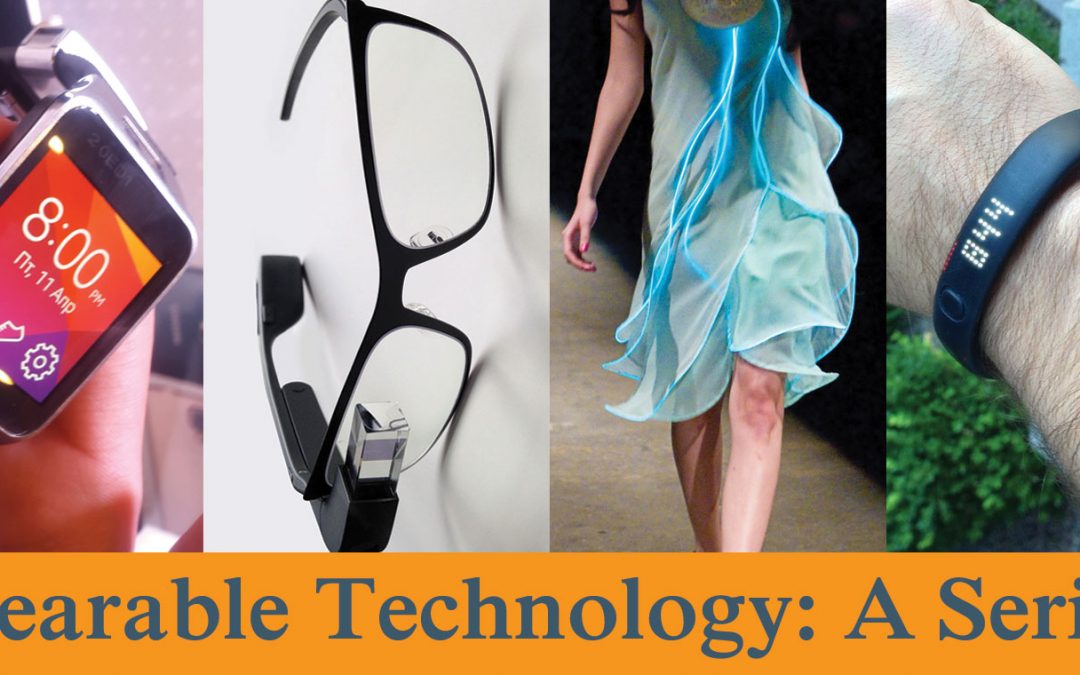We’re in an era of work on the go. For a number of years now, businesses have been becoming more and more portable, with an increasing number of companies allowing remote work options. Sales are becoming more efficient as reps can carry a slim computer to showoff many products instead of cumbersome cases of samples. Being portable isn’t just a necessity for the executive jetsetter anymore – it is a necessity for all of us. On a #SMACTalk Live on the future of technology in January, Daniel Newman noted, “The relationship we have with technology is going to change so drastically that we’re going to go from talking about technology to just merely living with technology.” And it’s already happening. We’re in a period of thermostats that connect to your Wi-Fi for 24 hour monitoring and apps that allow you to push record on your cable box at home remotely.
Here are a few of the technological advances we’ve seen impact the portability of business:
1958: The FCC approves the pager for public use.
1963: The first TCP/IP message is sent over ARPANET from Los Angeles to Menlo Park, California.
1973: The first Motorola DynaTAC prototype is unveiled and the first mobile call made, and IBM develops SCAMP, its first portable computer prototype.
1977: The Apple II 8-bit home computer is released.
1981: IBM’s personal computer is introduced, which sparks growth in this market.
1989: Zach Morris is the cool kid on “Saved by the Bell” with his own (massive!) mobile phone.
1994: Bluetooth is invented.
1998: My father purchases my first TI-83 graphing calculator, remarking that it has more power than his first computer.
2003: Blackberry launches its first smartphone.
2007: The iPhone hits the market.
The development and exponential growth of products that are increasing mobility in business in the past decade is incredible. As tools like phones and computers get smarter, more portable, and better connected, businesses can literally go anywhere.
With this increase in smart technology, there are also components that become more fragile. Thin frames, glass screens, and built-in cameras are parts we have come to expect in our technology (remember the uproar when the first iteration of the iPad was released without a camera?). The advent of more advanced technology is not just about the ability for devices to perform faster, but also about increased durability for the modern, mobile workspace. Corning® Gorilla® Glass 4 is a prime example of this as a low-tech feature that is increasing device flexibility simply by being more durable.
Lighter. Faster. Smaller.
Advances in business technology are taking place every day. Tech companies are already developing products to increase productivity. As tech tools manage to maintain usability in smaller and smaller formats, the potential for sleek and functional wearable technology has no bounds.
Smart watches are getting smarter. A great example is the Samsung Gear STM. For someone like me who is just as much about fitness and I am business, I am head-over-heels for this piece of tech. Better than a simple fitness tracker and more portable than a phone. Features like being able to make and receive calls, check emails, and manage a calendar basically negates the need for someone to take a phone out of the house at all, not to mention that it’s compatible with some of the top apps for work and play. In its compact design, there is not a single filler feature in this watch – every component is functional and customizable to allow each user to be the most productive in all aspects of the day.
Business is getting more portable. Products like Google Glass have the ability to revolutionize communication on the go. Hands-free video messaging, unobtrusive calendar reminders, real-time navigation, and taking photos with a simple wink are just a few of Glass’s features. Unfortunately Google won’t let you know any hard information about the new version until the prototype is fully tested, but it sounds like there’s real potential for mobility in business here.
The future is immersive. Microsoft HoloLens. I am incredibly geeked out over this idea. The concept’s tagline is: When you change the way you see the world, you can change the world you see. And that’s exactly what it’s trying to do. Augmented reality for collaborative designing, meetings, gaming, and scientific exploration pushes the bounds of product development and STEM advancement. Use of augmented reality for such projects has added benefits like being able to develop a more concrete understanding of an idea in life-sized proportions and scope before a hard prototype needs to be made, making this type of survey work less expensive.
We are in an exciting time for the advancement of wearable technology, not just in business, but in all areas of our lives. In the next parts of this series, I will explore wearable technology in the areas of:
- Sales & Marketing
- Medicine
- Education
- Design & Product Development
